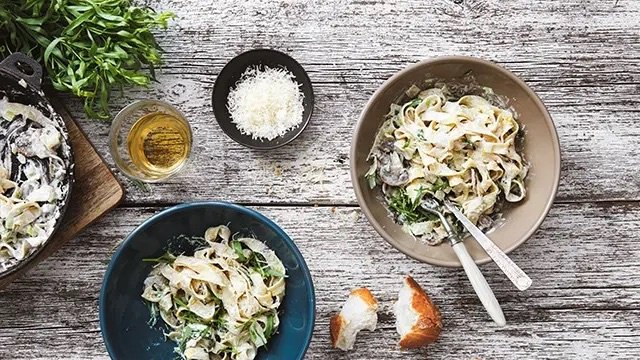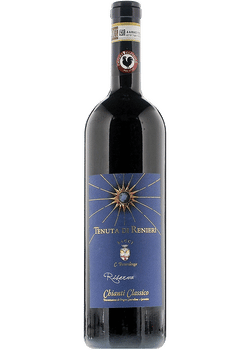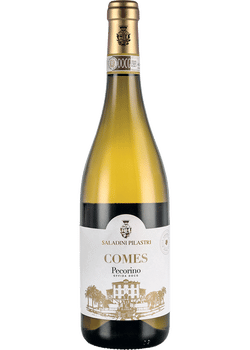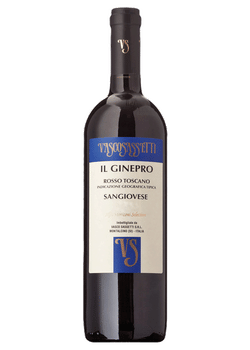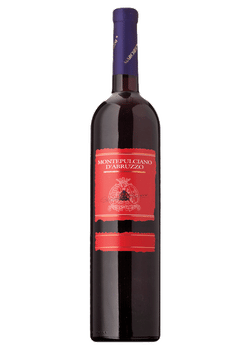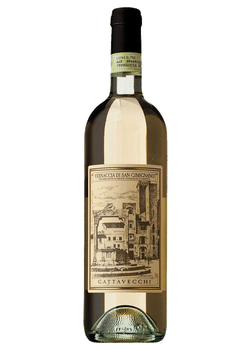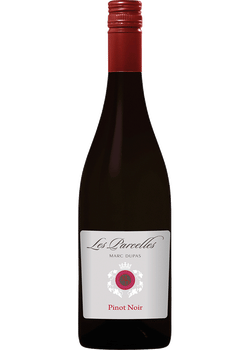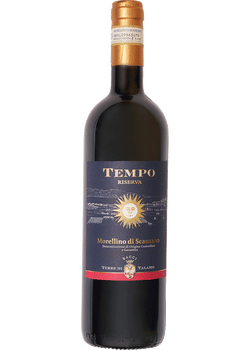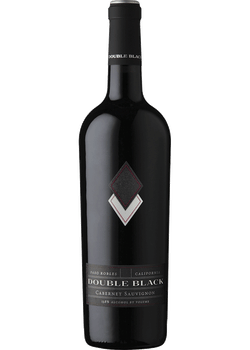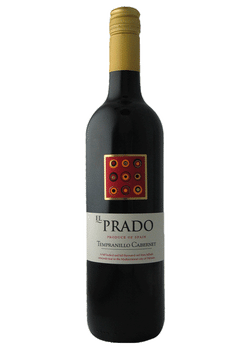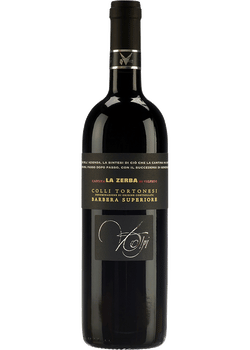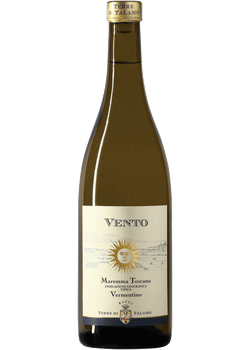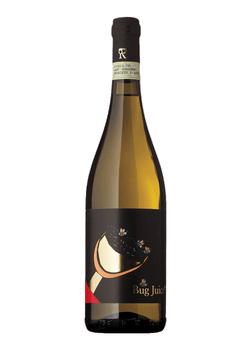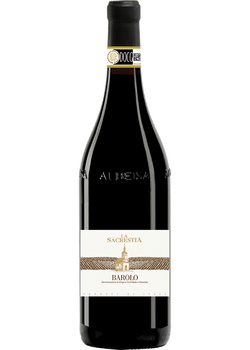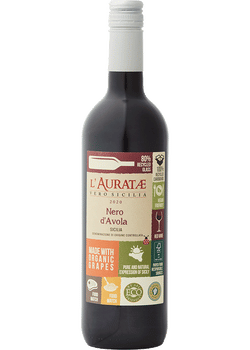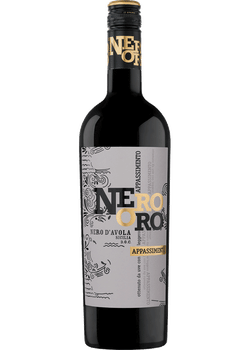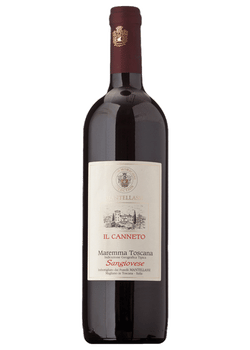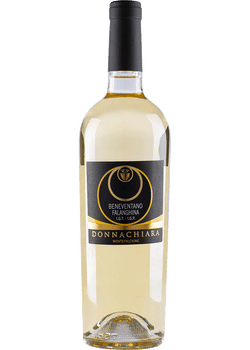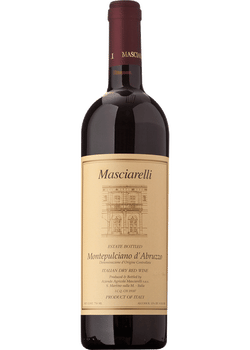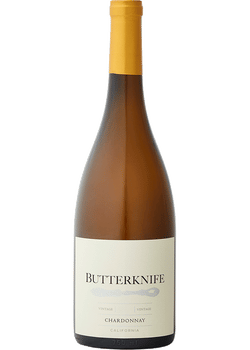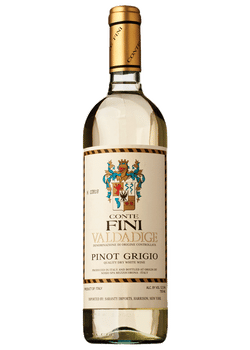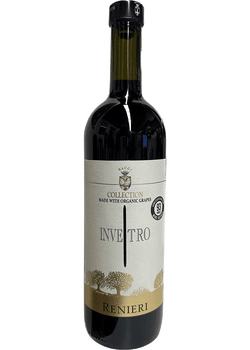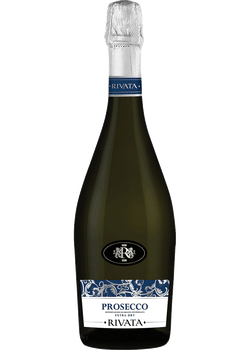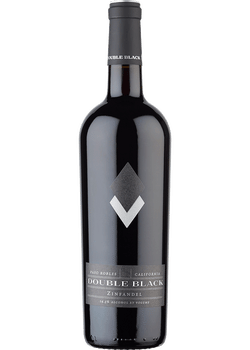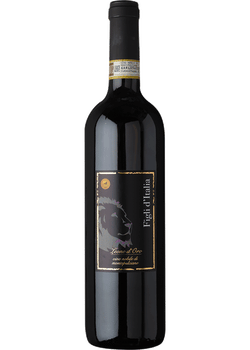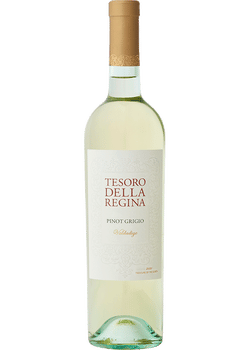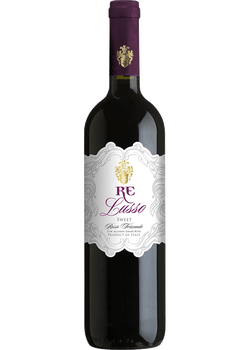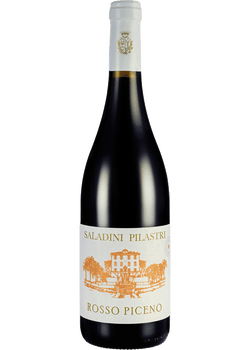Pasta and wine are a match made in culinary heaven. Not only is a glass of wine the perfect kitchen companion while you cook but adding red or white wine to pasta sauce can boost the flavor of your dish in a big way.
Whether you are attempting grandma's red gravy recipe from scratch or just trying to spruce up some jarred Alfredo sauce, sometimes a splash of wine is all it takes to transform a simple pasta dinner into an elegant meal to remember. While the best wine to pair with pasta is a matter of preference, you can follow these tips to make your next pasta dish an exquisite feast for the senses.
Red or white wine?
The first step to cooking with wine is knowing what type to use. You can ignore the pasta for now since the wine is used to flavor the sauce — the pasta is just a sauce-delivery vehicle anyway. Most of the time, "red with red and white with white" is a reliable adage, even though there are plenty of exceptions to the rule. Of course, Italian wines are always a smart choice for Italian meals but don't be afraid to think internationally when making your selection.
Wines for red sauces
Red sauces such as marinara and Bolognese benefit from medium to full-bodied red wines. To give your sauce a deep, robust flavor, use an earthy, peppery red wine such as Syrah, especially sauces that feature beef. For a brighter red sauce, use a tart, medium-bodied red such as a Chianti to highlight the acidity in the tomatoes.
When it comes to wine with lasagna or other dishes with a hearty ragù-style sauce, a fuller-bodied red such as a Cabernet Sauvignon or Nebbiolo is an excellent choice. Light, floral red wines such as Pinot Noir pair well with pasta topped with hard cheeses like Parmesan, Pecorino, and Romano.
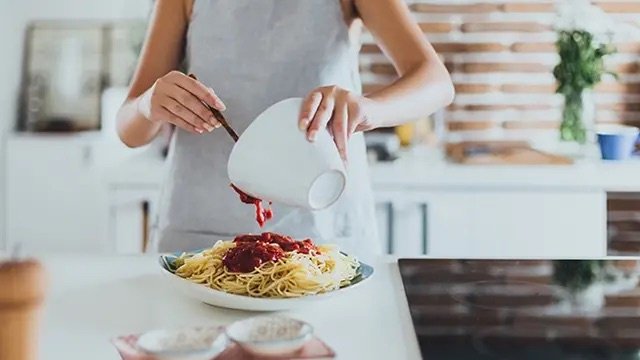
White wines have their place in red sauces, too, especially when you are using a lighter protein such as seafood or chicken. Pinot Grigio, Arneis, Sémillon, and Sauvignon Blanc should all work with red sauces.
Wines to cook with red sauce
White sauce with wine for pasta
Pasta with cream sauce begs for white wine. If you are making a cream sauce or a dish with poultry, seafood, pork, or veal, and you want to play it safe, try a crisp, dry white wine such as Sauvignon Blanc, Pinot Gris (Pinot Grigio), Pinot Blanc, or Sémillon. To infuse your pasta sauce with more complex flavors, use an aromatic white such as a Riesling, Gewürztraminer, or Muscat. For pesto dishes, dry whites such as a Gavi or Soave are delightful choices, and a light Chardonnay could work as well.
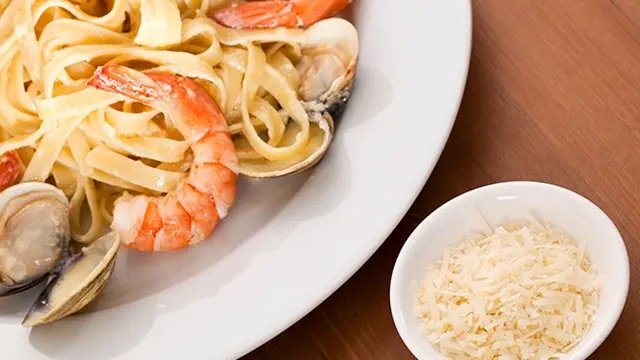
Wine to cook with white sauce
Tips for cooking with wine
Even the best wine cannot help your pasta if you are not using it right. First, use quality wine; wine you would drink without a second thought, but not wine you would save for a special occasion. Cheap cooking wines can leave traces of sodium and other byproducts that negatively affect the flavor of the dish. At the same time, high-quality wine loses most of its defining characteristics during the cooking process, so think twice before you pour a few glugs of that 2005 Chateau Petrus you have been saving into your sauce. To keep it simple, only cook with wine you would happily drink.
Cooking with wine takes time. Never pour in your wine right before serving. Wine can overpower a dish if not given enough time to reduce. In general, red wines require more time to cook down, allowing the bold flavors and gorgeous ruby hue to develop and mature. White wines don't usually take as much time to cook and can be added later in the cooking process.
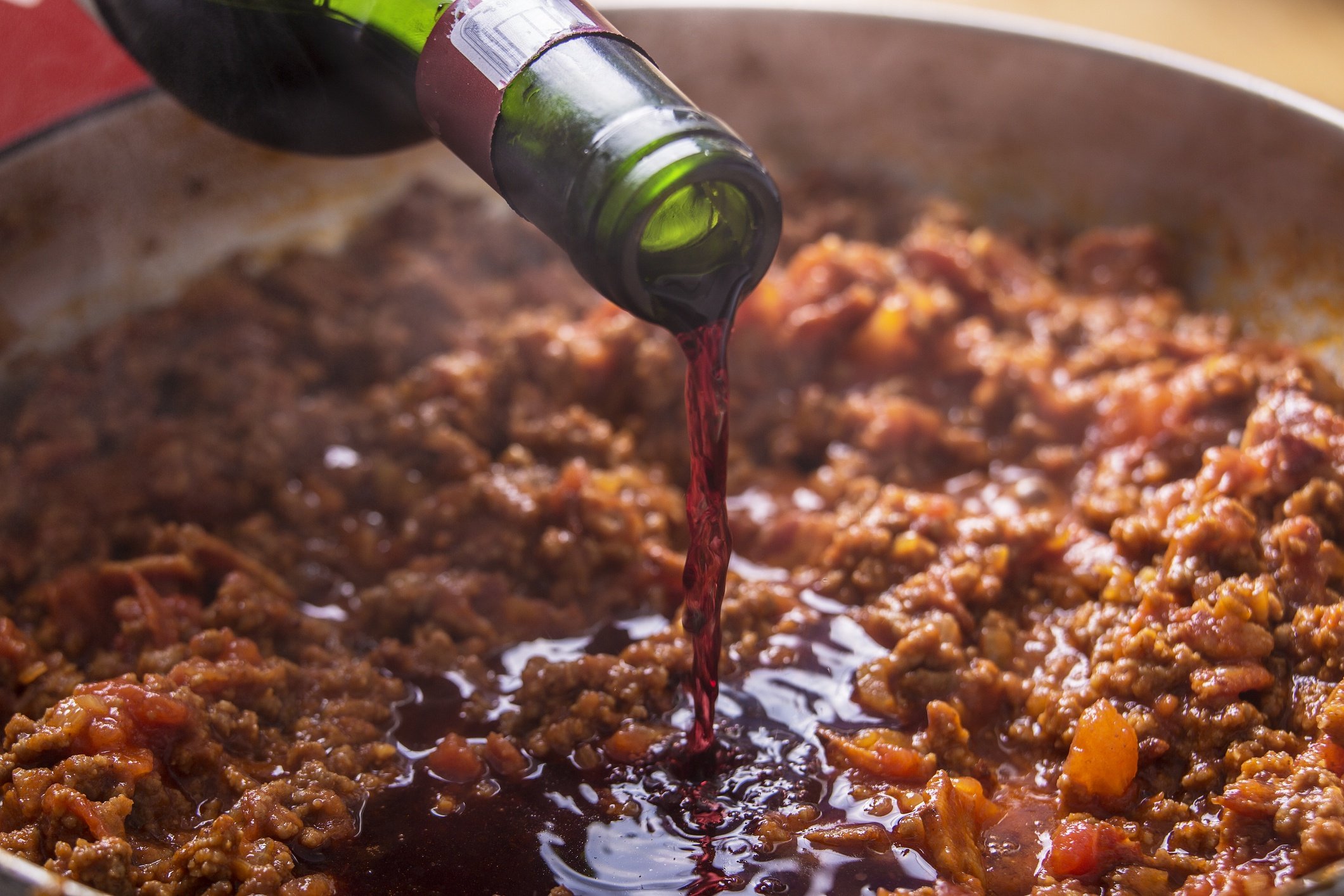
Allow at least 10 minutes for the wine to cook before you taste the dish and add more. Start with 1 to 2 tablespoons of wine per cup of sauce and add more to taste after at least 10 minutes of simmering. Taste as you go since the flavors change with time.
Besides simply adding wine to your red or white sauce, you can also use it to deglaze the pan and make a pan sauce. After cooking aromatics or meat, simply pour a bit of wine into the still-hot pan, scrape up the brown remnants and residue, and whisk into a sauce to add to your dish.
Savor a glass with the meal

You’ve already opened the bottle, so invite some friends and family over to enjoy a glass or two with your meal. The wine you used in your sauce should complement the meal already, so pairing is a breeze. As you sip your wine and enjoy your pasta, try to pick up hints of the wine's character in each bite.
Cooking with wine is a fantastic way to develop your palate, so take the opportunity to refine your taste in both food and wine.
